Ben Brown: Improvising His Way to Clarity
Interview by Mark Jacobs
Photos by Harley Spade
Vancouver-based drummer and composer Ben Brown has enjoyed an impressive career as an in-demand session musician and as the driving beat behind Pugs and Crows, with whom he won the 2010 Galaxie Rising Star Award for Best New Group and the 2013 JUNO Award for Instrumental Album of the Year (“Fantastic Pictures”).
Lately, his artistic focus has been in forging innovative cross-discipline improvisational collaborations. For the past year, he has been working with jazz musicians and dancers to explore the creative process through weekly improvisational workshops, Music and Movement Mondays, that push conventional boundaries of music/dance collaboration.
Ben is also an important emerging composer. He has composed scores for both dance performance and live video soundtrack, most recently he was invited by Vancouver’s Western Front to be their composer-in-residence. VANDOCUMENT caught-up with Ben to learn more about his new artistic direction.
VD: You have enjoyed an impressive musical career, but one thing stands-out when reading your formal bio. It begins with the words, “Drummer Ben Brown has worked with such musicians as…” And it rattles-off a list of acclaimed musicians, long before it ever mentions the awards you have won or the cross-discipline collaborations you have forged. You are such a unique musical force, it seems odd that you should first define your identity in terms of others. And when we think about what makes Ben Brown an important part of the Vancouver music scene, we construct your bio in the other direction.
BB: That’s a bio that will be changing within the next year. It’s kind-of a meeting-place of two different creative people. I based that bio on every bio I saw at the Vancouver Jazz Festival. When I see artists coming from around the world, they always start their bio with a who’s-who of who they’ve played with. So that’s what I based it on. That’s your credit. That’s the dues you have paid.
VD: Are we wrong to think of you first-and-foremost as an innovative, multidisciplinary collaborator?
BB: About 2 years ago I noticed my main role as a musician was turning towards being a session drummer. I was getting calls to record in the studio, I was getting calls to do one-off gigs. I was gaining respect as a drummer for being sensitive to my interpretation of someone else’s artistic vision. It takes great skill to be an effective session drummer and I really respect the talent of the many amazing drummers in this community who do it extremely well. But that’s not a role I ever envisioned for myself. When I realized that, I consciously made a shift toward something that has always interested me, which is dance.
VD: So you started Music and Movement Mondays?
BB: Yes. I wanted to create a new environment for dancers and musicians to work together. I felt there wasn’t a place where this was really happening in Vancouver. There are great music schools and great dance schools in Vancouver, but there’s no school to teach musicians and dancers how to begin to build a common vocabulary. It was frustrating going to see dance shows in Vancouver and not seeing new, progressive explorations of this relationship. But this is the kind of fuel that fires you to create.
VD: The intersection of dance and music is as old as rhythm itself. What did you hope to bring to the exploration?
BB: I thought I could learn a lot from taking the principles of spontaneity and freedom I was regularly practicing while playing improvised music and bring it to the dance world. In our culture and training, musicians are used to giving the beat and the mood, not receiving it from the dancers. It’s a bit of a generalization, but 90% of jazz musicians I play with, play with their eyes closed pretty much all the time. Including me. Even at the MAMM sessions, musicians will suddenly notice, “I’ve had my eyes closed for the last ten minutes while these dancers were in motion.” On the other side, in Vancouver right now, a huge percentage of dancers I work with are being taught that by letting the music move you, you are sacrificing the integrity of your art. I have heard that again-and-again from young dancers. And my jaw drops. But that is the mentality of a lot of dance training at this time. If you move to the beat, you are sacrificing artistic expression. Ignore it and move against it. So we have a bunch of jazz musicians playing with their eyes closed and a bunch of dancers who don’t want to move to the beat.
VD: You are well into your second year of MAMM. How’s it working-out?
BB: The benefits of collaborating with dancers has been huge, but it’s also been extremely frustrating and challenging. It’s been one example after another of getting out of my comfort zone. But that’s exactly what I signed-up for. That’s what I wanted, both physically and mentally. I don’t consider MAMM a school, but definitely in the last year, I have gotten a big-time schooling. I don’t only organize these sessions every Monday for my community; it is also for me. Over the past year, we have definitely developed an ability to communicate successfully.
VD: You speak about the “communication” between dancers and musicians in terms of the development of “a common vocabulary”; but isn’t the linguistic dynamic one of translation – from one art form into another – more than learning to speak the same language?
BB: You can call it a problem of translation. Really it is about experiencing what others are doing and processing that with the tools that you have. Musicians speak a common language, but with dancers it could really go anywhere. It’s a different thing to improvise with non-musicians because it removes all the safety and comfort, it removes a lot of the common ground, it removes some of the basic known variables and introduces a lot of unknown variables. And that’s the exhilarating feeling. That’s exactly why I got into this. We have developed an ability to speak to each other as the process is unfolding so it becomes a meaningful conversation.
VD: Give us a sense how a successful interdisciplinary conversation unfolds.
BB: Structurally, the way these sessions are set-up is a reflection of the fact that we are all leaders and all followers. We start each session by talking about what we are interested in, what we are thinking about. That helps to put the dancers and musicians on the same page. We have the same conceptual starting point. A good improviser will know when to lead, when to follow, when to lay-back, and when to sit-out altogether. That’s one of the things I have been most impressed by, when musicians and dancers make those choices so thoughtfully or instinctively, either to go for it or absent themselves completely. That interplay is what makes these sessions possible.
VD: Have these interdisciplinary improvisations developed their own grammatical structure (to continue the metaphor of language)? For example, starting from silence and stillness, we can imagine musicians beginning to coalesce around a rhythm and the movement of the dancers tentatively beginning to explore those cadences; and as the pulse of the improvisation is established, tonality and harmonics begin to colour the music, while the dancers begin to explore broader, more expressive gestures; and once all the artists are in the flow, the exercise is free to become a more democratic, cross-pollinating process…
BB: There is that kind of arc to both the dance and the music. And often we use it as a way to approach an improvisation. I can say from my jazz training, that kind of structure is institutionalized. The theme is stated, the variations are played, and now it’s your turn to take a solo. We build our solos to a peak and we want things to descend in an orderly way. Part of what I’m interested in is challenging these structures. Often we will start with dance movements, try to find tonality from that, and develop rhythm last – or maybe not at all. One of the things I do as a drummer is try to avoid rhythm and focus on tonality. The obvious place for me to go is to assume my traditional role to keep time. It’s a deliberately transgressive approach to my own discipline. Deliberately playing more colour. Deliberately playing more texture. Deliberately not playing at all and taking note of the relationships that are forming among others. In one MAMM session, when I decided to keep time – a more traditional drum beat – one dancer said after the exercise, “That was cool! We didn’t know you could do that. We thought you could only make strange noises.”
VD: So the focus is on process…
BB: Yes, and the reward is that we get to see where it takes us. We perform very seldom as a group. And that is quite deliberate. This is a process of experimentation and exploration. It’s a learning process for musicians and dancers alike. It’s a process of creative development. I’m invested in making the artists in my community a little scared and vulnerable, and taking them out of their comfort zone. But I’m not invested in subjecting an audience to the development process. And I’m certainly not invested in subjecting the performers to experimenting in such a vulnerable way with an audience watching.
VD: And yet, there is a lot an audience might be able to take from witnessing these risky collaborations.
BB: There are things that happen that are really worth experiencing; but there are also a lot of false starts and things that are not successful. Don’t get me wrong: I think this could be extremely interesting for audiences and it’s not that audiences need predictability. Art is very inspiring when the stakes are a bit higher. Things can fail when they are being improvised but, in the audience, you have a sense of being present at the very moment of creation that is really exciting.
VD: You have also been doing a fair amount of composition recently. How has the free-play of your improvisational practice influenced the music you write?
BB: I think that the fact I have spent the last five years extremely focused on improvisational music has been incredible training to be able to take control of the process and the package and the vehicle to express those things. Learning to communicate spontaneously, but coherently, has reinforced the importance of good storytelling. All good art is about storytelling. I spent a lot of time in music school, which was productive; but it was also a waste of time. I never learned to develop my individual voice there. Where I have really re-inforced my voice as a story teller is in this process of learning to communicate with non-musicians, and other musicians as well. It’s been about a year that I’ve been extremely focused on working with dancers and I have grown so much more than the many, many years I went to music school.
VD: What’s next?
BB: In November I’ll be going to Europe for six months to study – I got a Canada Council grant to go collaborate with dancers as well as to study with Han Bennink and Evelyn Glennie. They are both percussionists and both great examples of what we have been talking about. They started in very different traditions. Han Bennink started in jazz and Evelyn Glennie started in classical, but they are both known by their ability to improvise, for that spontaneity and colour that is the driving force of music.
VD: Will this be a continuation of your current explorations or set you off in a different direction?
BB: There is a common thread among all these things we’ve been doing, and that is good listening. In the case of the work we are doing at MAMM, it means listening with ears and with eyes. One of my interests right now is to learn to listen with my whole body. Evelyn Glennie, who I will be studying with in Scotland, says her goal is to teach people to listen not just with their ears. She cannot hear with her ears, so she has developed the ability to listen with the rest of her body.
VD: And with Han Bennink?
BB: Clarity. My goal as a drummer is to be able to tell a story that is simple, clear, and extremely accessible. It’s to not play really obscure music or work on niche projects that no one can actually access. We are known for surrounding ourselves with drums, cymbals, and all kinds of other things. I was told the kit for Rush’s drummer Neil Peart takes a whole day to set-up. It’s a hedonistic kind of storytelling. My goal is to be able to communicate the strongest story with just a single instrument. That’s what attracted me to Han Bennink. He once said his last instrument will be two matchsticks and a matchbox. I’m sure he’ll be able to express whatever he can imagine through that instrument.
Ben is playing a number of dates before departing for his European studies. Catch him here:
Naomi Brand & Ben Brown
Interplay Project (Dance Festival).
October 24th & 25th at Moberly Arts and Cultural Centre.
contingencyplan.ca
Cast
Debut Record Fundraiser w/ special guests Tiny Pyramids (playing the music of Sun Ra)
November 1st
at the China Cloud Gallery
MAMM Workshop
Ben Brown and Dancers tba will lead an open Improv Workshop as part of the annual series, NOW Society Workshops.
November 3rd
at the Western Front
All are welcome to participate in these workshop, to register email now@nowsociety.org
Pugs & Crows
Western Canada Tour Kick-off show.
November 6th
at The Lido
by Mark Jacobs
Serving community needs and the creative visions of others between great meals. Kind of like snacking, only less capricious.

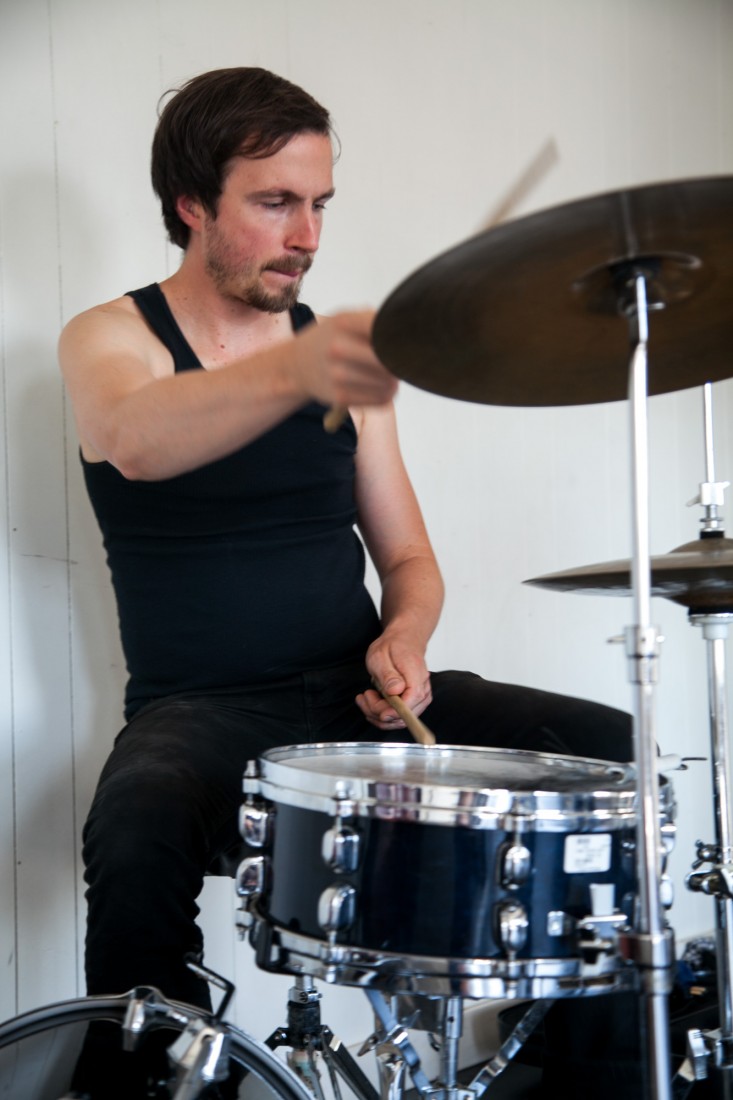
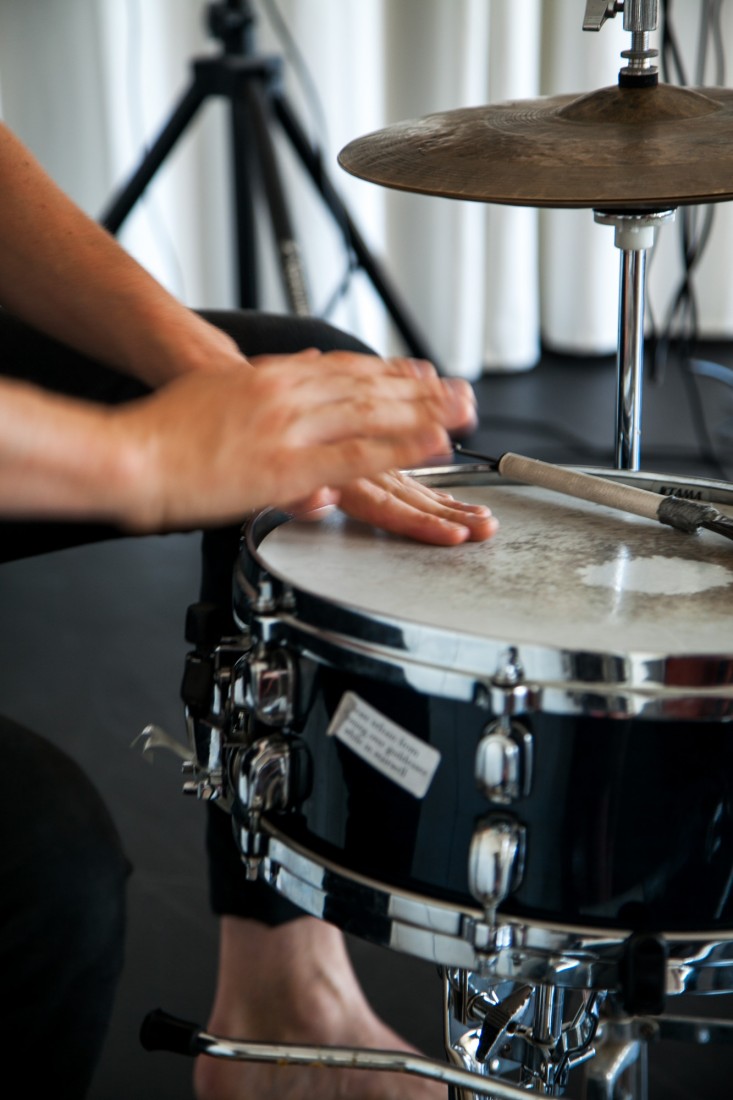
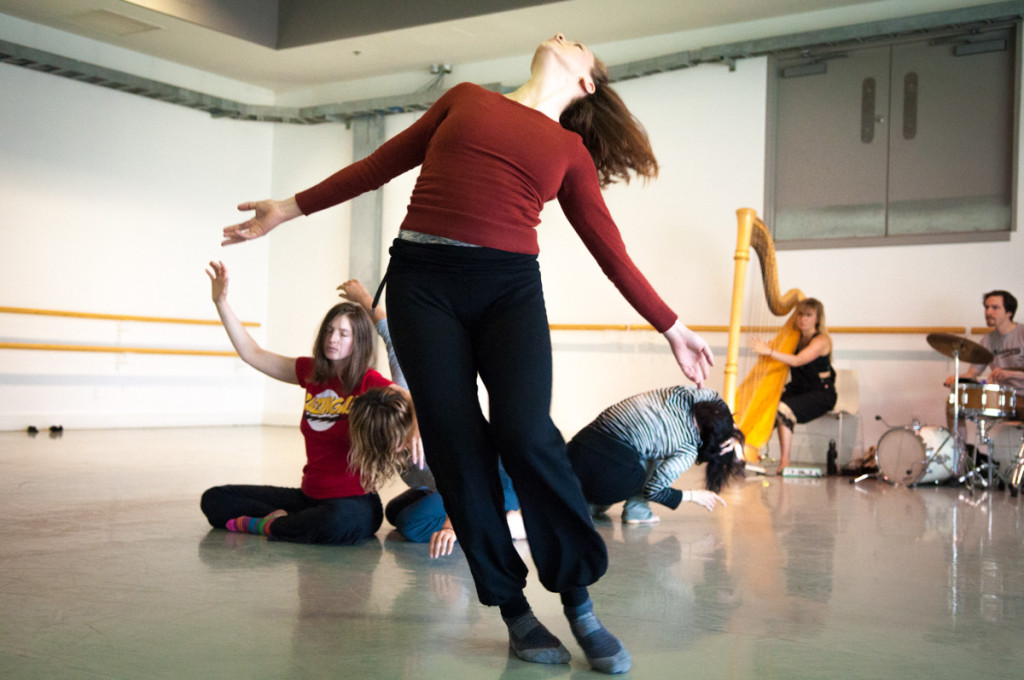
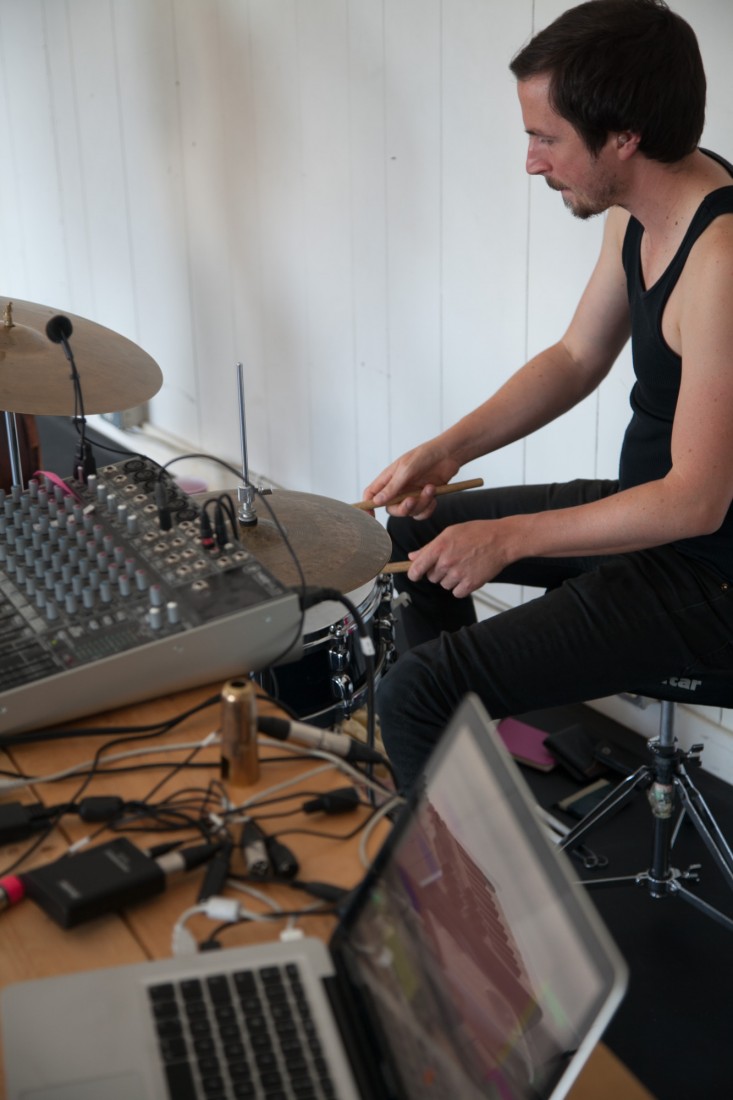
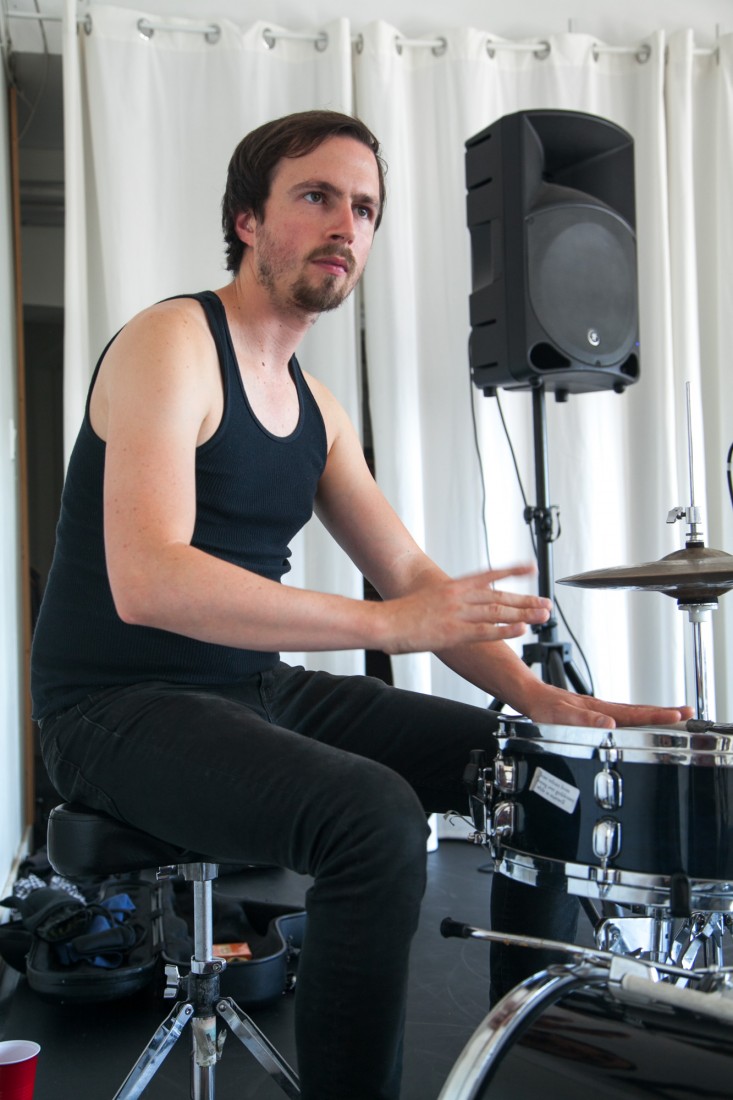
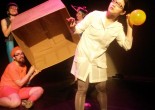
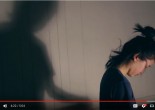
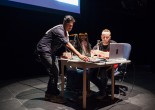
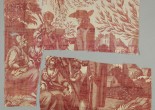

Pingback: Ben Brown: Improvising His Way to Clarity | memestream
Pingback: [Reblog] "Encyclopedia House" by Al Etmanski - Vancouver Island Social Innovation Zone